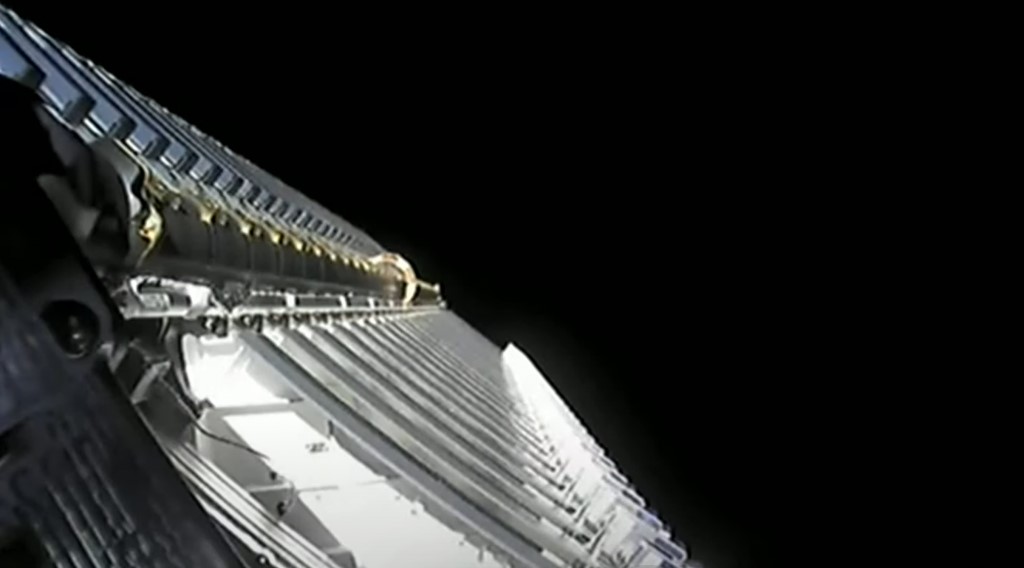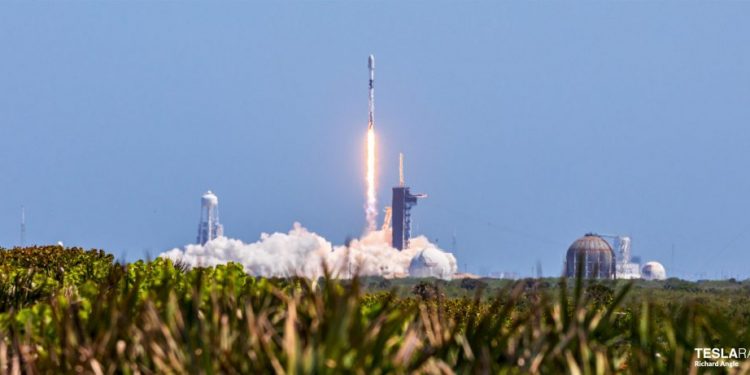SpaceX has successfully completed its 25th operational Starlink satellite launch, stuck a bullseye Falcon 9 booster landing, and revealed that satellite internet service has already received more than half a million preorders.

While every Starlink launch is important, perhaps the most interesting thing to come from Starlink-25 was SpaceX’s official confirmation that it has received more than 500,000 orders and deposits for Starlink internet service. As the Starlink constellation expands and rapidly approaches uninterrupted coverage, SpaceX has begun accepting preorders – with a $99 deposit – from prospective customers in almost any country that the company is already working on regulatory approval with.
Aside from a quiet announcement of more than 10,000 active users in early February, this is the first time SpaceX has offered real data on the extent of demand for Starlink satellite internet.
Some prospective customers simply order outright at a cost of approximately $600 upfront and $99 per month to purchase a Starlink dish, router, and satellite internet with unlimited bandwidth and no data caps. With more than 500,000 orders and preorders already in hand, that means Starlink has already earned SpaceX a bare minimum of $50 million in deposits alone.
If SpaceX can produce enough dishes – and do so quickly enough – to turn all of those preorders into active users, it would represent some $250 million in upfront revenue and – far more importantly – annual revenue on the order of $600 million. SpaceX is currently selling its cutting-edge dishes to customers at a significant loss but the company should be able to easily recoup that loss – now believed to be less than $1000 per dish – with a single year of internet service.
SpaceX is paying a substantial sum – likely on the order of $5 billion or more – to build and launch thousands of satellites, construct ground stations, and manufacture user terminals, but the company has historically expressed little interest in ‘recouping’ infrastructure investments. In that sense, as long as investors continue to eagerly dump billions into SpaceX’s coffers to fund Starlink buildout and can overlook the largely symbolic idea of ‘recouping’ non-debt investments, Starlink could become self-sustaining far sooner than almost anyone likely suspects.
The company plans to eventually deploy 12,000 satellites in total and has said the Starlink constellation will cost it roughly $10 billion.
Building and sending rockets to outer space is a capital-intensive business, but two of the world’s richest men, Amazon (AMZN.O) founder Jeff Bezos and Musk, who is also the chief of automaker Tesla Inc (TSLA.O), have invested billions of dollars over the years to make inroads in this market.
Musk and Bezos have sparred publicly over the competing satellite plans.















